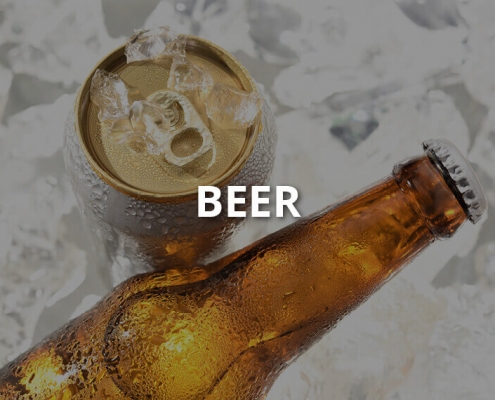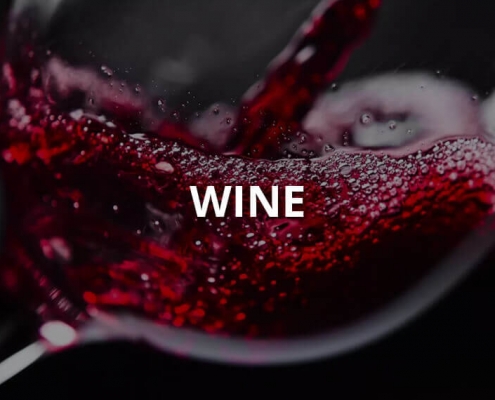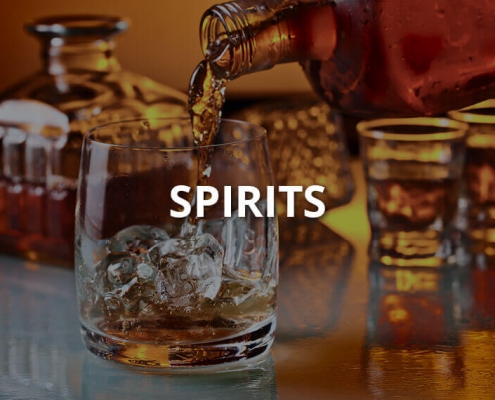Interesting Facts
- 67.5% – is the amount of alcohol content in the strongest beer in the world.
- Fear of an empty glass has a scientific name, Cenosillicaphobia.
- Beer is the third-most popular drink on earth, after water and tea.
- In 1983, there were 49 licensed breweries in the United States; by the end of 2017, there were 8,863.
- Though there are hundreds of styles of beer, they all fall into two basic categories: lagers and ales. They are differentiated according to how yeast ferments during the brewing process.
- Brewers began adding hops to beer in the 9th century AD. Today, nearly all beer is brewed with hops, which adds a zesty, bitter flavour to beer and acts as a preservative.
- The largest brewery in the world is Anheuser-Busch InBev., maker of such popular beers as Budweiser and Corona.
- The Czech Republic consumes the most beer per capita of any country in the world, and China consumes the most overall.
- The earliest evidence of beer making was found in western Iran, dating back to 3,500 BC.
- The oldest continuously operating brewery in the world is located at Weihenstephan Abbey in Bavaria, Germany. The Benedictine monks at Weihenstephan began brewing beer in 1040 AD.
- 48% of people worldwide, aged over 15, claim to have never drunk alcohol.
- You will need around 600 grapes to make a bottle of red wine.
- There are approx. 49 million bubbles in a bottle of champagne.
- 6 mins – is how long it takes for the brain to start to react to alcohol.
- In 2001, a panel of wine experts gave one of the lowest possible scores to an average-priced Bordeaux that was served in a cheap bottle. When it was served in an expensive bottle, it received one of the highest possible scores.
- The Swedish former physical education teacher, Richard Juhlin has the best nose for wine (champagne specifically) and in famous blind tasting of 2003, arranged by Spectacle du Monde, he correctly identified 43 of 50 wines. The one who came in second correctly identified only four.
- A 2005 study found that the scores of “wine experts” are essentially meaningless, revealing that a typical judge’s scoring of a wine varied by plus/minus four points over three blind tastings poured from the same bottle.
- During the prohibition, grape juice mix was sold with the warning “After dissolving the brick in a gallon of water, do not place the liquid in a jug away in the cupboard for twenty days, because then it would turn into wine.”
- 18 litres – is how much alcohol Russians consume each year.
- Vodka is the world’s most popular alcohol with approx. 5 billion litres consumed per year.
- A gin & tonic will glow under a UV light because tonic contains quinines, which are UV light reactive.
- One of the currencies in early colonial Australia was Rum.
- In 1964, the U.S. Congress recognised bourbon as a “distinctive product of the United States.” The American whiskey gets its name from Bourbon County, Kentucky. Ironically, despite Kentucky producing 95 percent of the world’s bourbon, none of it is currently made in Bourbon County.
- Even though gin has been produced in the U.S. since colonial times, it wasn’t a very popular liquor until the Prohibition era. The ease with which it could be made and the relatively low cost involved in producing it made gin an abundant favourite at illegal bars.
- Famous explorers Ferdinand Magellan and Christopher Columbus traveled with a large amount of sherry onboard their ships during their historic journeys. In fact, Magellan reportedly spent more on sherry than he spent on weapons for his 1519 trip around the world.
- During the reign of Peter the Great, it became customary for foreign dignitaries to drink from the “Cup of the White Eagle”—a chalice containing 1.5 liters of vodka. This prompted many nations’ ambassadors to travel in pairs, with one official drinking the vodka and the other attending to the important state issues that needed to be discussed.
- The name “whiskey” comes from the English pronunciation of the Gaelic term for distilled alcohol, which translates to “water of life” (or “lively water”).
- Just after his term as the nation’s first president, George Washington built a whiskey distillery on his Mount Vernon plantation. After its completion in 1797, it soon became the largest distillery in the U.S., producing more than 11,000 gallons of the liquor per year. He was encouraged to build the distillery by his farm manager, James Anderson.




